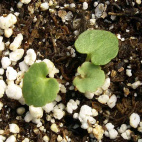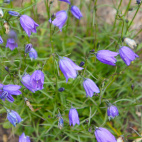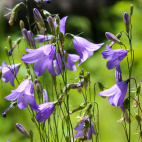Tall Bellflower Seeds
- HOW TO GROW
- FAST FACTS
- REVIEWS
HOW TO GROW
Sowing: This plant has the unique ability to be either an annual or a biennial, depending on the time it is planted. For annual plants direct sow in late fall, planting the tall bellflower seeds on the surface of the soil. For biennials, mix the Campanula Americana seed with moist sand and store it in the refrigerator for 30 days before planting in early spring. Thin or transplant the seedlings.
Growing: This plant adapts well to sand or clay, and grows best in partial shade and rather moist soil. It needs fairly moist soil, especially when becoming established; this plant has poor tolerance of drought. In its first stage of growth this plant will consist of a low cluster of leaves, followed by the appearance of the tall flowering stalk. Though this plant will self-seed, it spreads very slowly. It attracts hummingbirds, butterflies, and bees.
Harvesting: For fresh flowers, cut the stems just when they have begun to bloom. Place them in water immediately.
Seed Saving: Since the tiny Campanula Americana seed pods on the stalk will ripen at different times, the seed will need to be harvested over period of time. Shake the entire plant over a container to remove the seed that has ripened, repeating the process every few days until all the seed on the stalk has ripened. Store the cleaned tall bellflower seeds in a cool, dry place.
FAST FACTS
Latin Name: Campanula americana
Species Origin: US Native Wildflower
Type: Native Wildflowers
Life Cycle: Biennial
USDA Zones: 4, 5, 6, 7, 8, 9
US Regions: Plains/Texas, Midwest, Northeast, Southeast
Seeds per Ounce: 300,000
Stratification: Cold/Wet for 4 Weeks
Germination Ease: Stratify 4 Weeks
Sunlight: Full Sun, Part Sun, Shade
Height: 60 Inches
Color: Blue
Bloom Season: Blooms Late Summer, Blooms Early Fall, Blooms Late Fall
Uses: Cut Flowers
Everwilde has many unusual seeds!
I love the variety of seeds but their postage is high and they never offer discounts. The packaging is very difficult for elders to open and get the last few seeds out (they tend to stick to the plastic envelopes). Pretty but impractical packaging.
Attracts pollinators like crazy
This took a while to get going and I transplanted it to a different spot in the fall before it really took off, but it had many blooms and bloomed a long long time the 2nd year. It really pulls in the pollinators!
Tall Bellflower
I planted these during the early summer last year and theyre about a month away from blooming!! Campanula is my favorite garden species/family and I cannot wait to see these! Thank you for the great quality and careful packaging.
DESCRIPTION
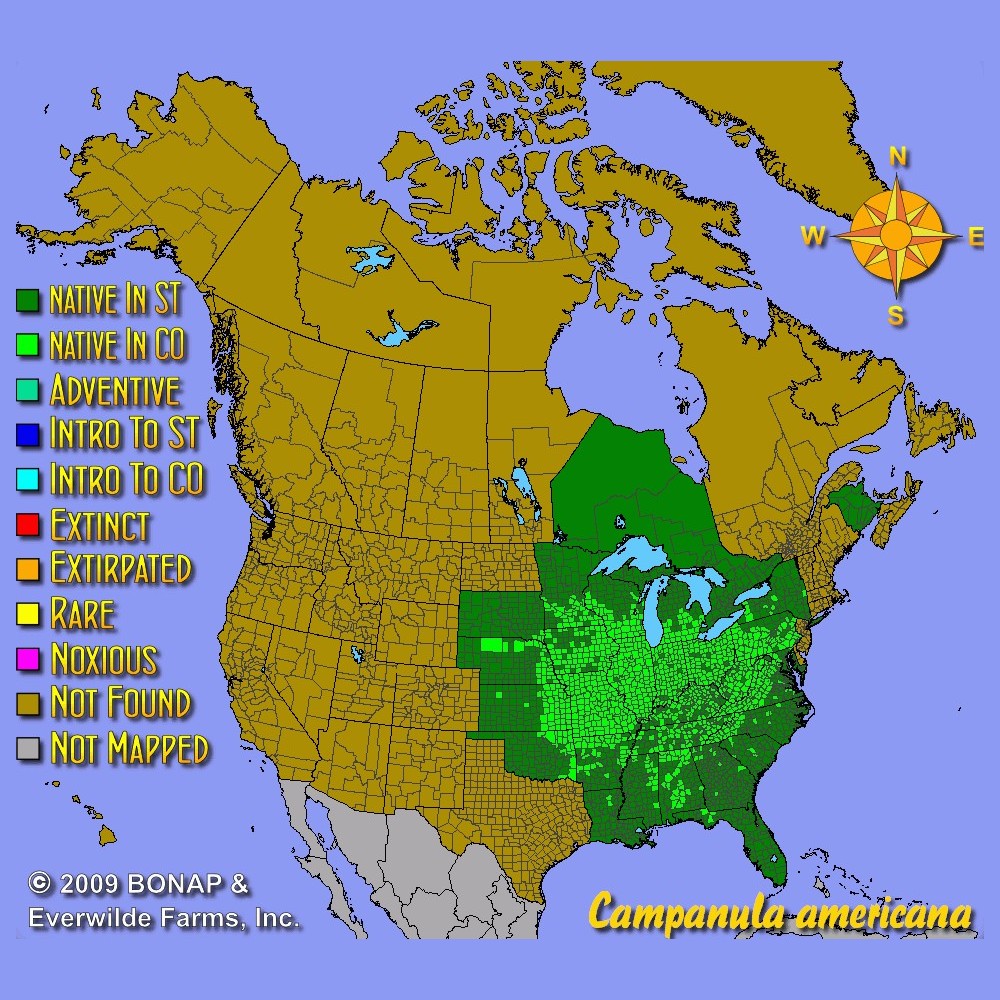
HOW TO GROW
Sowing: This plant has the unique ability to be either an annual or a biennial, depending on the time it is planted. For annual plants direct sow in late fall, planting the tall bellflower seeds on the surface of the soil. For biennials, mix the Campanula Americana seed with moist sand and store it in the refrigerator for 30 days before planting in early spring. Thin or transplant the seedlings.
Growing: This plant adapts well to sand or clay, and grows best in partial shade and rather moist soil. It needs fairly moist soil, especially when becoming established; this plant has poor tolerance of drought. In its first stage of growth this plant will consist of a low cluster of leaves, followed by the appearance of the tall flowering stalk. Though this plant will self-seed, it spreads very slowly. It attracts hummingbirds, butterflies, and bees.
Harvesting: For fresh flowers, cut the stems just when they have begun to bloom. Place them in water immediately.
Seed Saving: Since the tiny Campanula Americana seed pods on the stalk will ripen at different times, the seed will need to be harvested over period of time. Shake the entire plant over a container to remove the seed that has ripened, repeating the process every few days until all the seed on the stalk has ripened. Store the cleaned tall bellflower seeds in a cool, dry place.
FAST FACTS
Latin Name: Campanula americana
Species Origin: US Native Wildflower
Type: Native Wildflowers
Life Cycle: Biennial
USDA Zones: 4, 5, 6, 7, 8, 9
US Regions: Plains/Texas, Midwest, Northeast, Southeast
Seeds per Ounce: 300,000
Stratification: Cold/Wet for 4 Weeks
Germination Ease: Stratify 4 Weeks
Sunlight: Full Sun, Part Sun, Shade
Height: 60 Inches
Color: Blue
Bloom Season: Blooms Late Summer, Blooms Early Fall, Blooms Late Fall
Uses: Cut Flowers
Reviews
Review
Everwilde has many unusual seeds!
I love the variety of seeds but their postage is high and they never offer discounts. The packaging is very difficult for elders to open and get the last few seeds out (they tend to stick to the plastic envelopes). Pretty but impractical packaging.
Review
Attracts pollinators like crazy
This took a while to get going and I transplanted it to a different spot in the fall before it really took off, but it had many blooms and bloomed a long long time the 2nd year. It really pulls in the pollinators!
Review
Tall Bellflower
I planted these during the early summer last year and theyre about a month away from blooming!! Campanula is my favorite garden species/family and I cannot wait to see these! Thank you for the great quality and careful packaging.
Also Consider These:
-
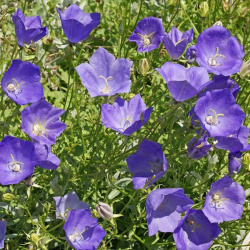 Tussock Bellflower Seeds
Campanula carpatica
A petite plant, this little gem makes a lovely addition to rock gardens. The open purple bells, with a subtle sweet scent, adds to its charm. It is great for small spaces.Quick View$3.25 Pkt - $16.57 / Oz
Tussock Bellflower Seeds
Campanula carpatica
A petite plant, this little gem makes a lovely addition to rock gardens. The open purple bells, with a subtle sweet scent, adds to its charm. It is great for small spaces.Quick View$3.25 Pkt - $16.57 / Oz -
 Harebell Seeds
Campanula rotundifolia
Often identified as Scotland's bluebell, the Harebell can also be found throughout much of North America and Europe. The delicate purple bells add charm and elegance to any garden or planting.Quick View$3.96 Pkt - $320.00 / Oz
Harebell Seeds
Campanula rotundifolia
Often identified as Scotland's bluebell, the Harebell can also be found throughout much of North America and Europe. The delicate purple bells add charm and elegance to any garden or planting.Quick View$3.96 Pkt - $320.00 / Oz









